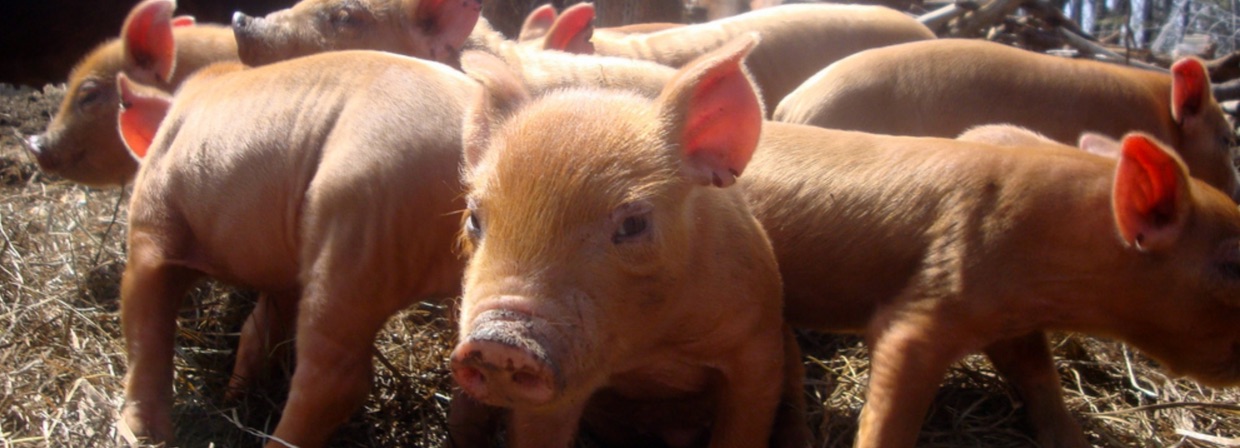2 min read

By: MD Biosciences on Mar 31, 2017 2:49:14 PM

There are many options for preclinical wound healing research. All studies are designed to predict how a particular treatment will behave in a human wound. In vitro studies, particularly those that are performed on human skin equivalent systems can provide relevant data - but what it lacks - is the ability to monitor any pain as a result of the wound and healing. Rodent studies provide an inexpensive method for gaining data, however rodents differ from humans in a number of anatomical and physiological ways. A rodent's hair is dense, the epidermis and dermis is thin, and healing is primarily through contraction.

Similarities between humans and pigs.
Anatomically, physiologically and metabolically, pigs are more similar to humans in a number of ways that make them a better choice than rodents when modelling wound healing. The skin of pigs is relatively hairless and is structurally similar to humans in terms of epidermal thickness, fixed nature of the subcutaneous layer, and pattern of cutaneous blood flow. Functionally, humans and pigs are similar in terms of epidermal turnover time, and keratinous proteins and lipid composition of the stratum corneum. Pigs have become a standard model for the wound healing process because of the striking similarities to human wound healing; including reepithelization rather than contraction.
Other similarities between human and pig systems:
Using the pig as a preclinical model
Experimentally, pigs are large enough and robust enough to tolerate long and complex protocols that include multiple surgical interventions, as well as standard monitoring and imaging. Pigs are already used as a common surgical research model, and regularly used in surgical training. Well-defined protocols for perioperative care, anesthesia dosing, surgical techniques, sepsis prevention, vascular access and implantation of catheters, ports, telemetry transmitters and other devices are already available for pigs. All drug delivery methods can be studied with human-like metabolic pathways and substrate specificity. The animals are tolerant of monitoring procedures, and are able to provide repeat sampling that is limited in rodents.
Summary
In conclusion, the pig can be an ideal species for wound healing studies, due to the many similarities between pig and human skin, offering great advantages in wound healing research and beyond.